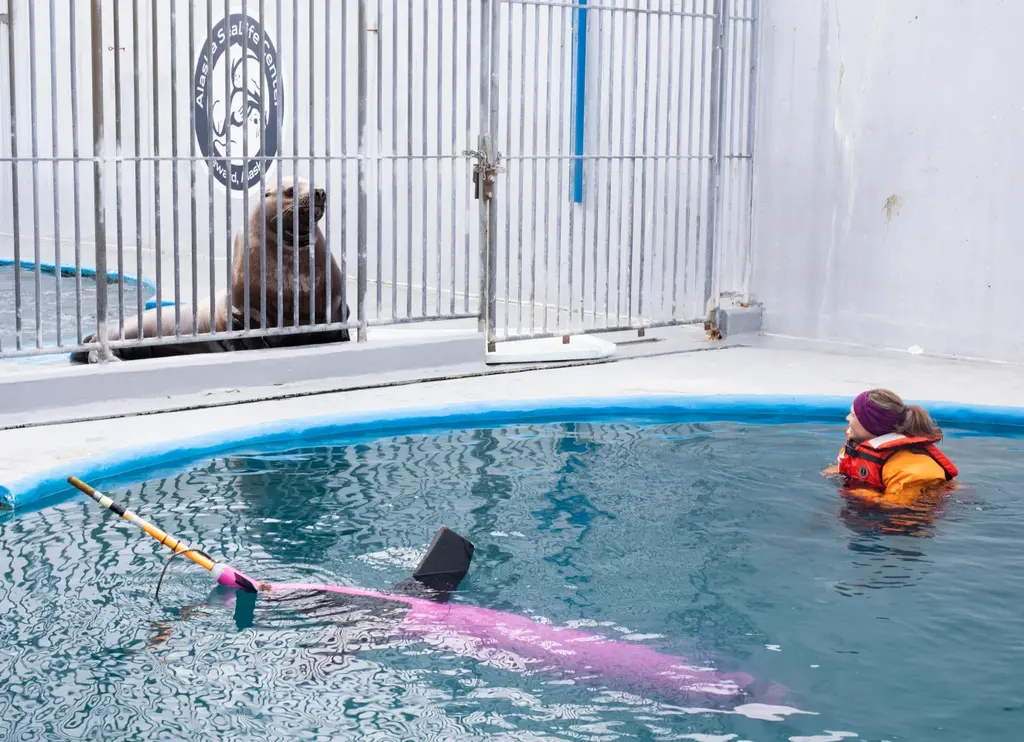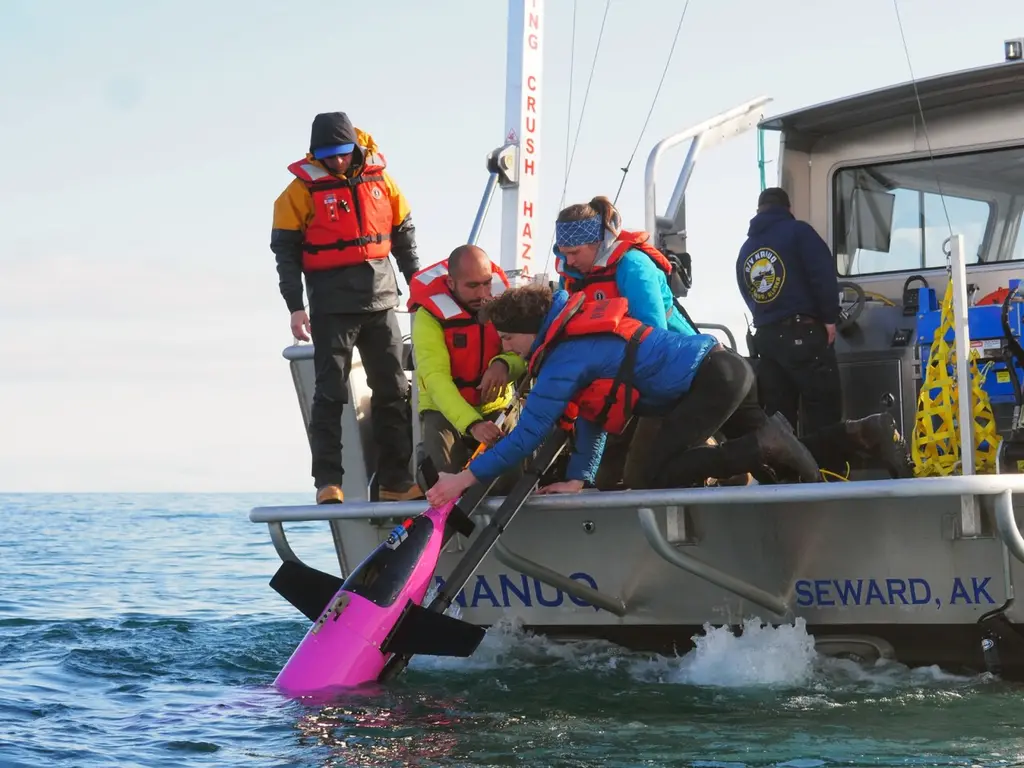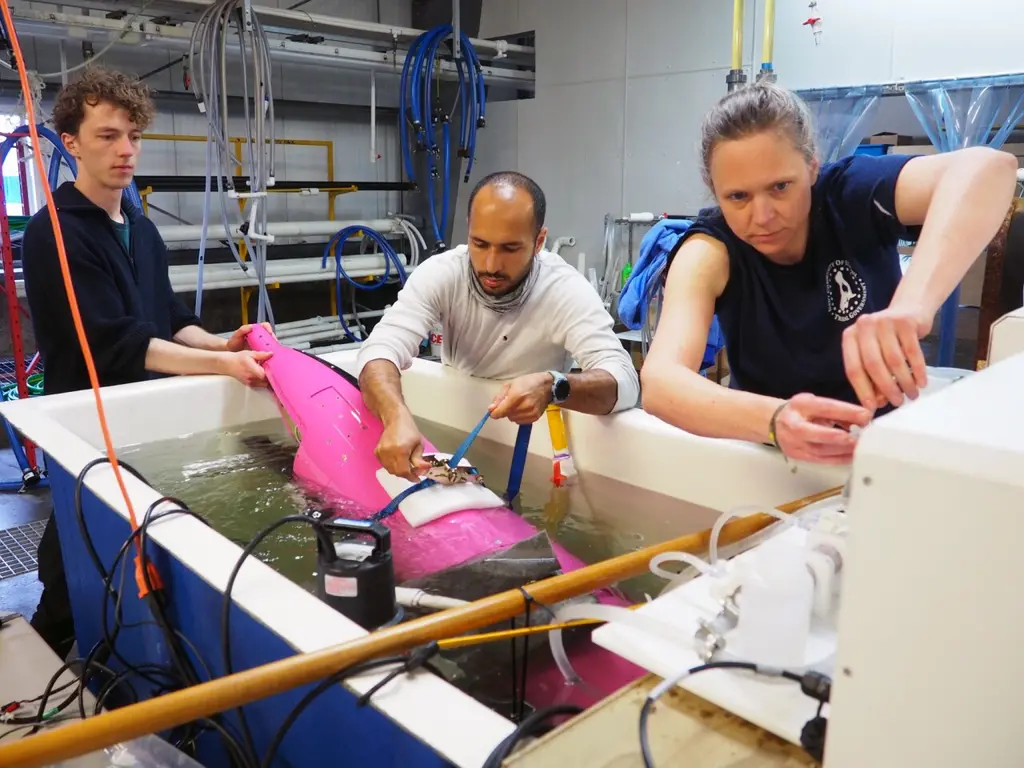Nearly a quarter of the carbon dioxide produced by human activities is absorbed by the ocean, and complex chemical reactions occur in the process, making its waters more acidic. Although the impact can be measured to some extent by sensors installed on fixed buoys and ships, there has been no more accurate measurement means. However, the newly developed deep diving UAV is expected to fill this gap.



Rising ocean acidity poses a serious threat to marine life and affects the viability of coral reefs and shellfish by corroding calcium carbonate, which is an integral part of their unique structure. In addition, studies have shown that the more acidic ocean may reshape the relationship between predators and prey, interfere with the survival instinct of fish, and dissolve moss, marine organisms and even the seabed itself.
In order to better solve this problem, Claudine HAURI, an oceanographer at the University of Fairbanks in Alaska, set out to solve the huge gap in marine carbon dioxide sampling in 2018. This data is usually collected by research ships sailing on dedicated routes or by time series measurements from sensors on fixed moorings. HAURI's idea is to deploy an autonomous driving device that can travel far and deep into the ocean to more accurately read the changes that are taking place.
Therefore, HAURI and her team modified the existing seaglider underwater UAV, which was developed by the University of Washington and commercialized in 2013. The UAV can cover thousands of kilometers per voyage and can operate at sea for several months at a time. It can dive to a depth of up to 1000 meters (3280 feet).
The team redesigned the seaglider underwater UAV and equipped it with the most accurate underwater carbon dioxide sensor on the market. This is mainly because the original sensor is too large and power consuming to be carried by seaglider, so the electronic engineer and partner Ehsan Abdi of the project had to modify it to make it lighter and more compact.
"The most exciting thing is to see such a large and power consuming sensor running on such a small glider, which could not have been done. That's why it's challenging and why we have so many problems. But that's the interesting part," HAURI said.
After the seaglider was properly equipped, the team tested in the fuel tank to correctly balance the vehicle and ensure that its sensors produce accurate measurements. The team then conducted its first open water test, deploying drones in Alaska's resurrection bay to collect real-world data. This makes the team the first team in the United States to measure ocean carbon dioxide using an automatic underwater vehicle, and plans to share the technical details of its sensor integration so that other teams can join the cause.